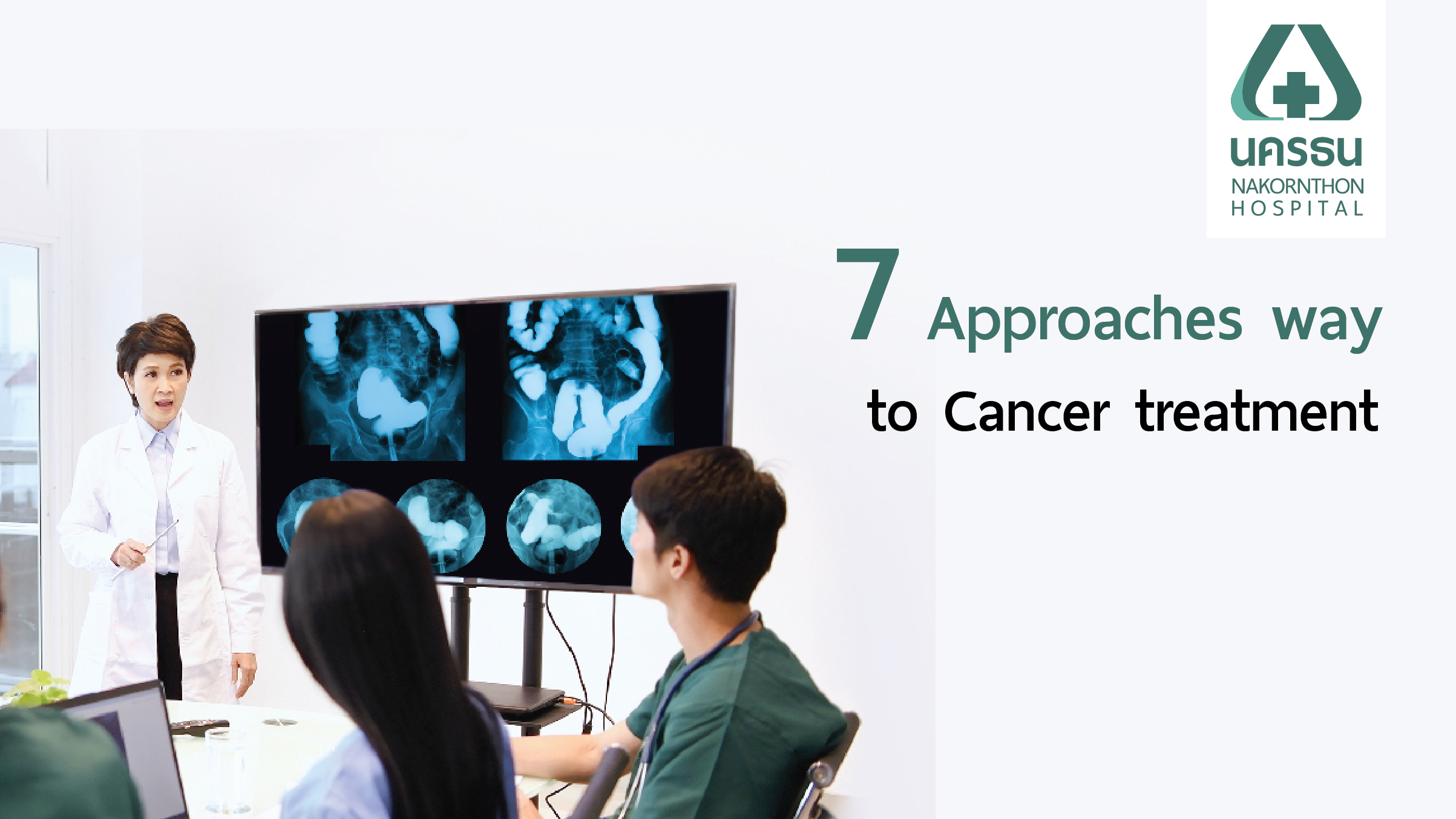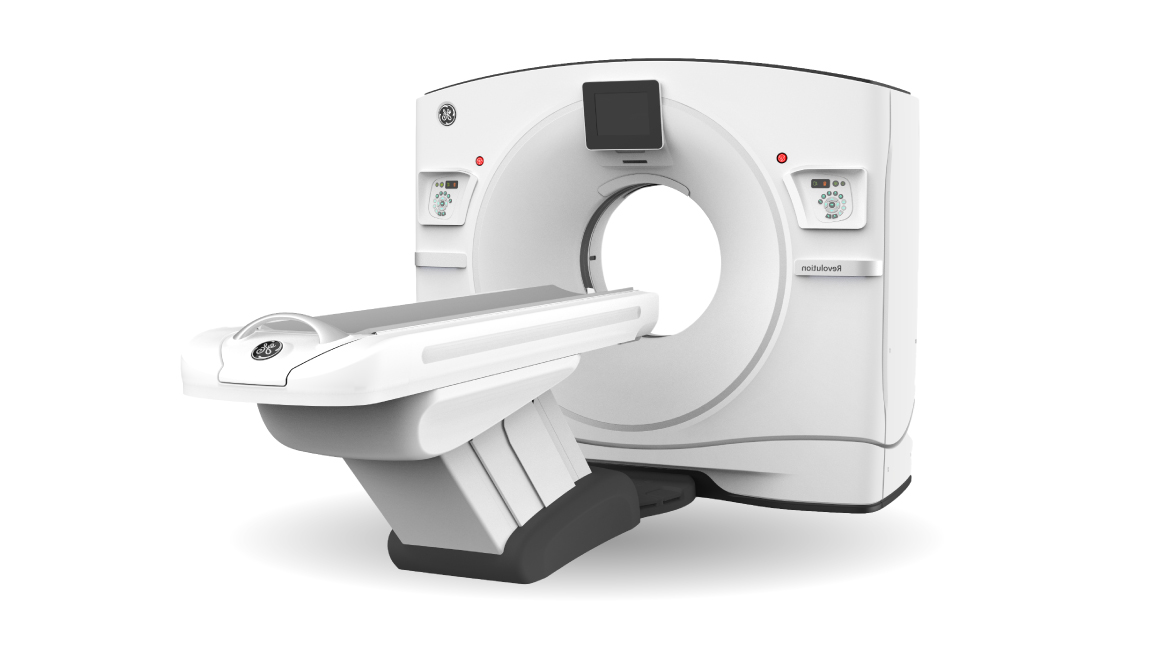Current cancer treatment guidelines. It may be any one method or a combination of methods
Center : Cancer Center, Orthopedics Center

Cancer is defining as the top-ranking cause of death of Thai people in all genders and ages, from birth to the elderly. It is the most common in people aged 50 years and over. In childhood, it is about 10 times less common than in adults. Cancer can occur in every organ of the body or even 1 organ can have different types of cancer. Therefore, in addition to preventive care, treatment is also important. There are currently several approaches to treating cancer, depending on the type. and severity of disease
Choose to read by topic:
Stage of Cancer
In general, cancer is divided into 4 stages:
- Stage 1 : The cancer is small. It has not spread to nearby organs.
- Stage 2 : The cancer is large. Begins to spread within the tissue or nearby organs
- Stage 3 : The cancer is large. Begins to spread into tissues, neighboring organs and spread into lymph nodes near the tissue or organs with cancer.
- Stage 4 : The cancer has grown very large and/or has spread into tissues neighboring organs until it penetrates and/or enters lymph nodes near the tumor
The goal of treatment for stages 1-3 is to be completely cured of the cancer. For stage 4, treatment will be used to palliate or control the disease so that it does not spread further.
Cancer Treatment Guidelines
Nowadays, medical technology has been developed. As a result, there are many approaches to treating cancer as follows:
1. Chemotherapy is a cancer treatment drug that acts against or destroys cancer cells that divide quickly and continuously, both at the source and those that have spread through the lymphatic system. bloodstream or other organs of the body. The drug works to inhibit the division of cancer cells in many ways. This causes the cells to be unable to divide further and eventually die. Chemotherapy can be administered into the patient's body in several ways, including oral forms. It will help make drug administration more convenient and reduce hospital stays for chemotherapy and intravenous injection.
2. Radiation therapy or radiation uses high-energy radiation to destroy the cancer cell clusters, which each time the light is emitted, Cancer cells accumulate more and more genetic abnormalities. As a result, they are unable to repair damage from radiation and the cells die. Radiation therapy can be divided into two types: external beam radiotherapy, which is treatment from outside to the organs of the body that have cancer, and near-field radiation therapy. Brachytherapy involves implanting radioactive minerals directly into or near the tumor with cancer. This mineral or drug then releases radioactivity to destroy cancer cells in the target organ.
3. Targeted therapy is a drug that has a specific effect on cancer cells. which inhibits signaling related to growth and the division of cancer cells. Can control cancer for a longer time and has fewer side effects on normal cells than using chemotherapy. Targeted drugs can be divided into 2 main groups:
- Small- molecule drugs are extraordinarily small molecular sizes, that can penetrate through cancer cell membranes and can destroy cancer cells inside.
- Monoclonal antibodies are synthetic proteins that target cancer cells and prevent them from being destroyed or able to grow further.
4. Immunotherapy works by inhibiting the immune evasion process of cancer cells and stimulate the body's immune system to eliminate cancer cells more efficiently. It is considered to be using our own body's immune system to fight cancer cells directly. Currently, there are research studies confirming the use of immunotherapy in many types of cancer, such as lung cancer, breast cancer, liver and biliary tract cancer, stomach cancer, uterine cancer and melanoma skin cancer, etc.
5. Hematopoietic stem cell transplant treatment or bone marrow transplantation is a treatment for cancer by taking hematopoietic stem cells from sources such as bone marrow, blood, and cord blood and placenta. Both of the donors or one's own to treat cancer such as acute and chronic leukemia, lymphoma, etc. in order to replace unhealthy or abnormal cells in the bone marrow with healthy and normal stem cells.
6. Surgery is a method of treating cancer that is in a specific area. It has not spread to other nearby organs or has not spread to other organs, which will be able to control the disease. In addition, surgical techniques are very advanced. The tumor can be surgically removed without causing the organ to become deformed and the loss of that organ can be avoided, such as breast-conserving breast cancer surgery, there is also surgery with small incisions, that has little impact, such as laparoscopic surgery.
Targeted cancer treatment is a treatment that uses a device to destroy the tumor with heat or high frequency waves (Radiofrequency Ablation: RFA) destroys important target tissues through the needle. This treatment method is not complicated and has few side effects, including the use of chemotherapy drugs through the blockage of blood vessels that feed the tumor. Transarterial Chemo Embolization (TACE) through the artery. Resulting in causing the tumor to lack blood supply. Until eventually causing the cancer cells to die, these 2 methods are often used to treat liver cancer.
However, cancer treatment may involve one method or a combination of methods. It depends on the stage of the disease, cancer cell type. Is it cancer of any tissue or organ? Can I have surgery? And after surgery, is there still a tumor left? What are the pathological results of the biopsy after surgery? Including the age and health of the patient, which cancer can be easily treated, if found out early and get proper care from the start.
Online Consultation
Article of Cancer Center, Orthopedics Center
High-Speed CT scan 443 Slices: Precision, Speed, and Reduced Radiation Exposure





